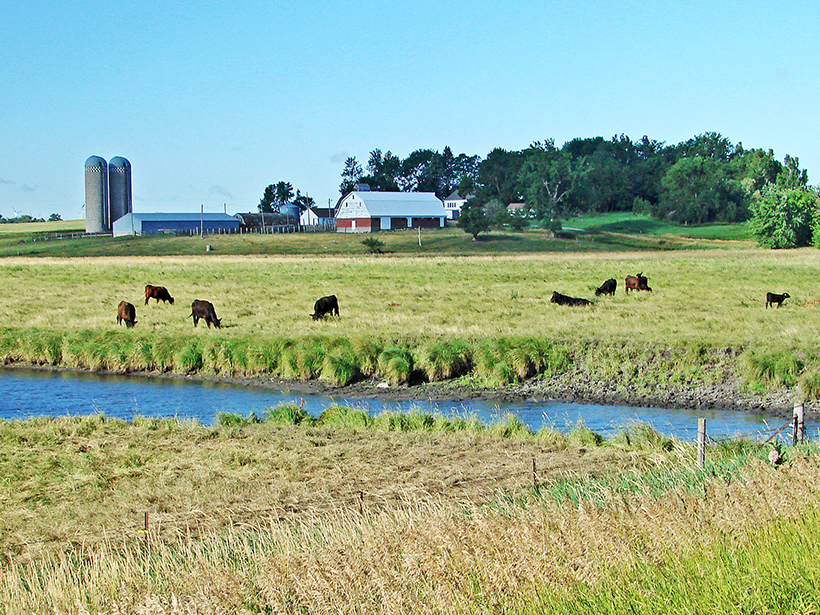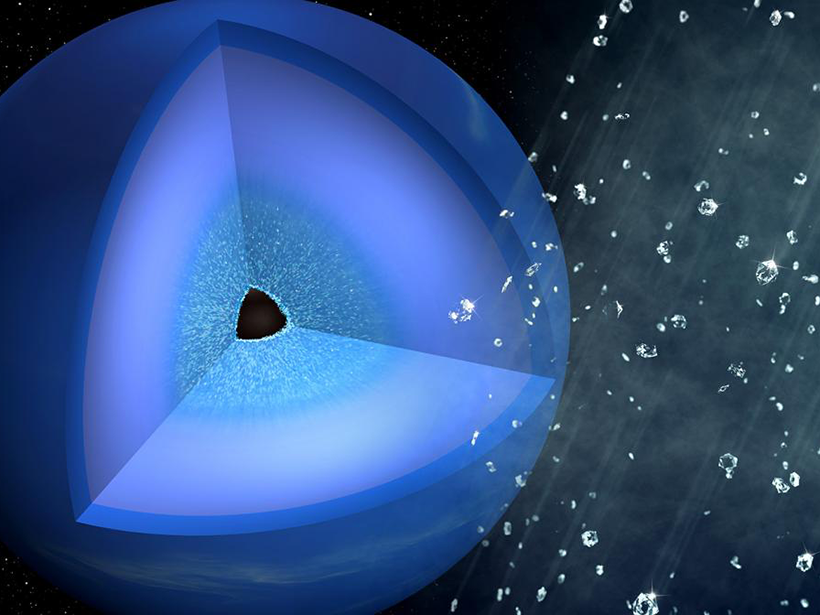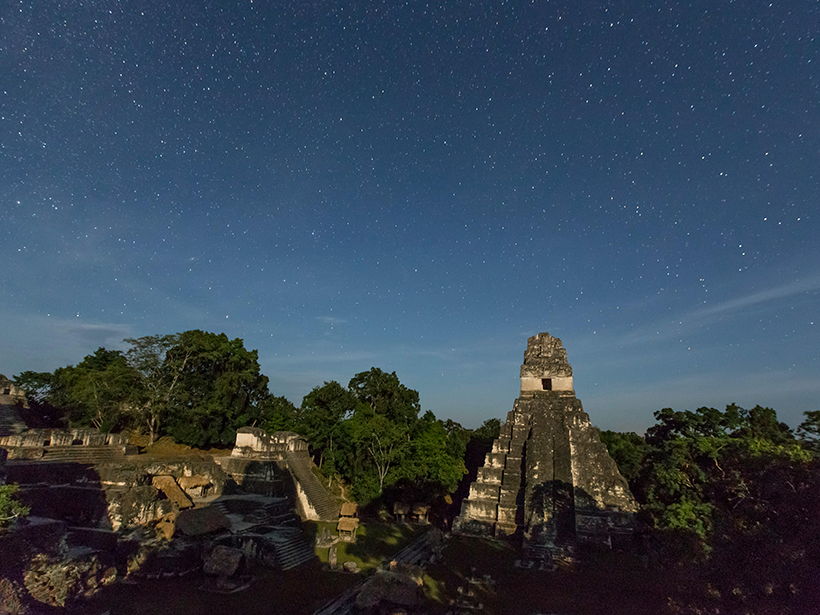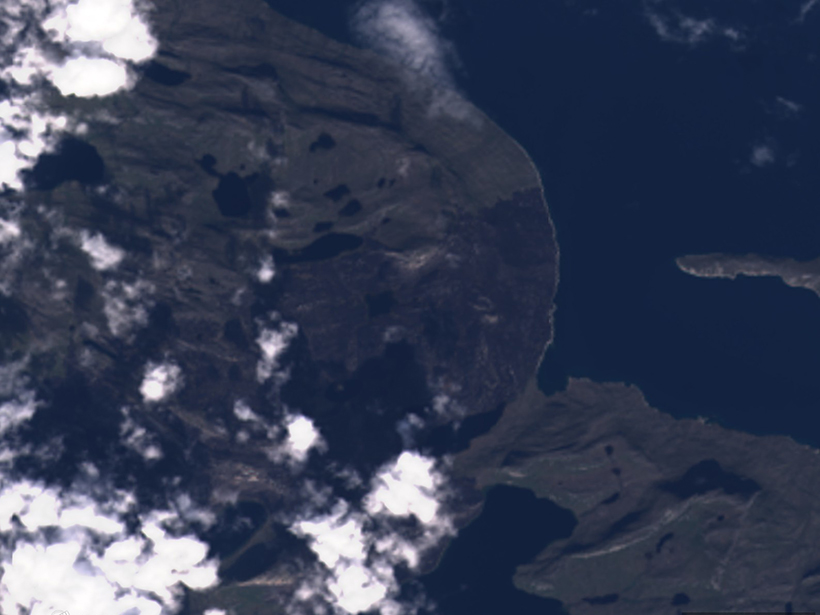Clear lake water under highly polluted conditions might necessitate a rethink of water management policies and pollutant mitigation.
Kimberly M. S. Cartier
Kimberly M. S. Cartier, Senior Science Reporter for Eos.org, joined the Eos staff in 2017 after earning her Ph.D. studying extrasolar planets. Kimberly covers space science, climate change, and STEM diversity, justice, and education
Ten New Frontiers in the Solar System and Beyond
Humanity’s reach has extended from the surface of Earth to the very edge of our solar system, even to exoplanets far into space. What’s next in our journey into the unknown?
Playing with Water: Humans Are Altering Risk of Nuisance Floods
New research suggests that excessive groundwater usage and damming have changed the natural risk of nuisance floods, for better or worse, in eastern U.S. coastal cities.
Giant Snails’ Century-Old Shells Recorded Monsoon Rainfall
Researchers explored past precipitation in India using shells from very large land snails collected there in 1918 and preserved in a British museum.
Pluto’s Features Receive First Official Names
Names of mountains, plains, valleys, and craters honor human and technological pioneers, Pluto scientists, and underworld mythology from around the world.
Diamonds Really Do Rain on Neptune, Experiments Conclude
Researchers subjected hydrocarbon samples in a laboratory to Neptune-like pressures. The samples, reminiscent of molecules found in the ice giant’s atmosphere, compressed into nanodiamonds.
Largest Flare of Past 9 Years Erupts from Sun
A massive flare and blast of charged particles toward Earth may disrupt satellites and communications and push auroras toward lower latitudes through tomorrow, according to space weather experts.
Ancient Maya May Have Foreseen Meteor Showers
Modern astronomical techniques have uncovered clues to a possible facet of Mayan astronomy from nearly 2 millennia ago not found in surviving records.
Southern Greenland Wildfire Extinguished
Scientists are still investigating the cause, fuel source, and overall impact of the weeks-long blaze.
Quakes Pack More Punch in Eastern Than in Central United States
A new finding rests on the recognition that fault types differ between the two regions. It helps explain prior evidence that human-induced quakes and natural ones behave the same in the nation’s center.










